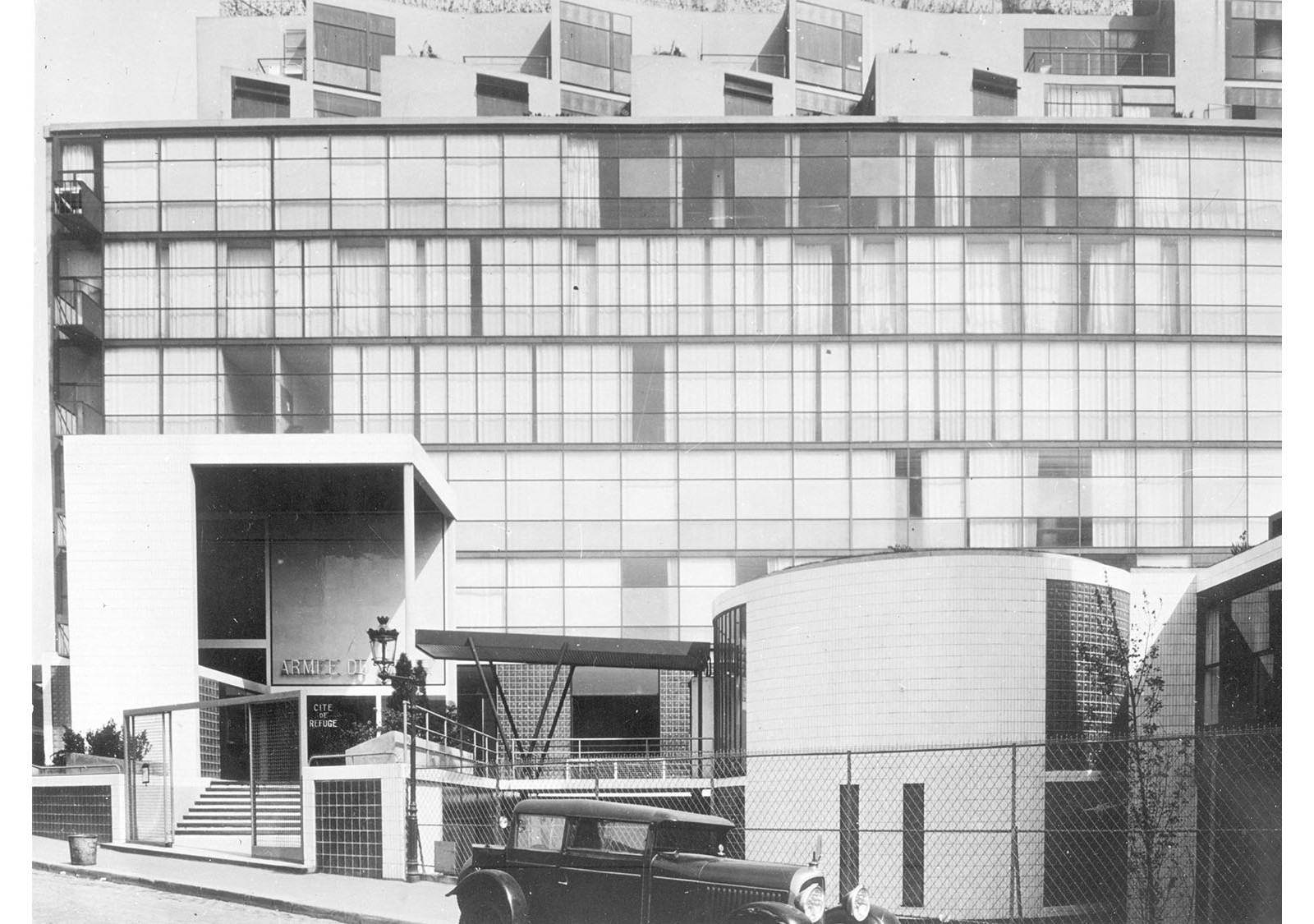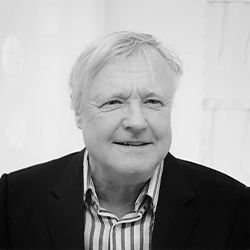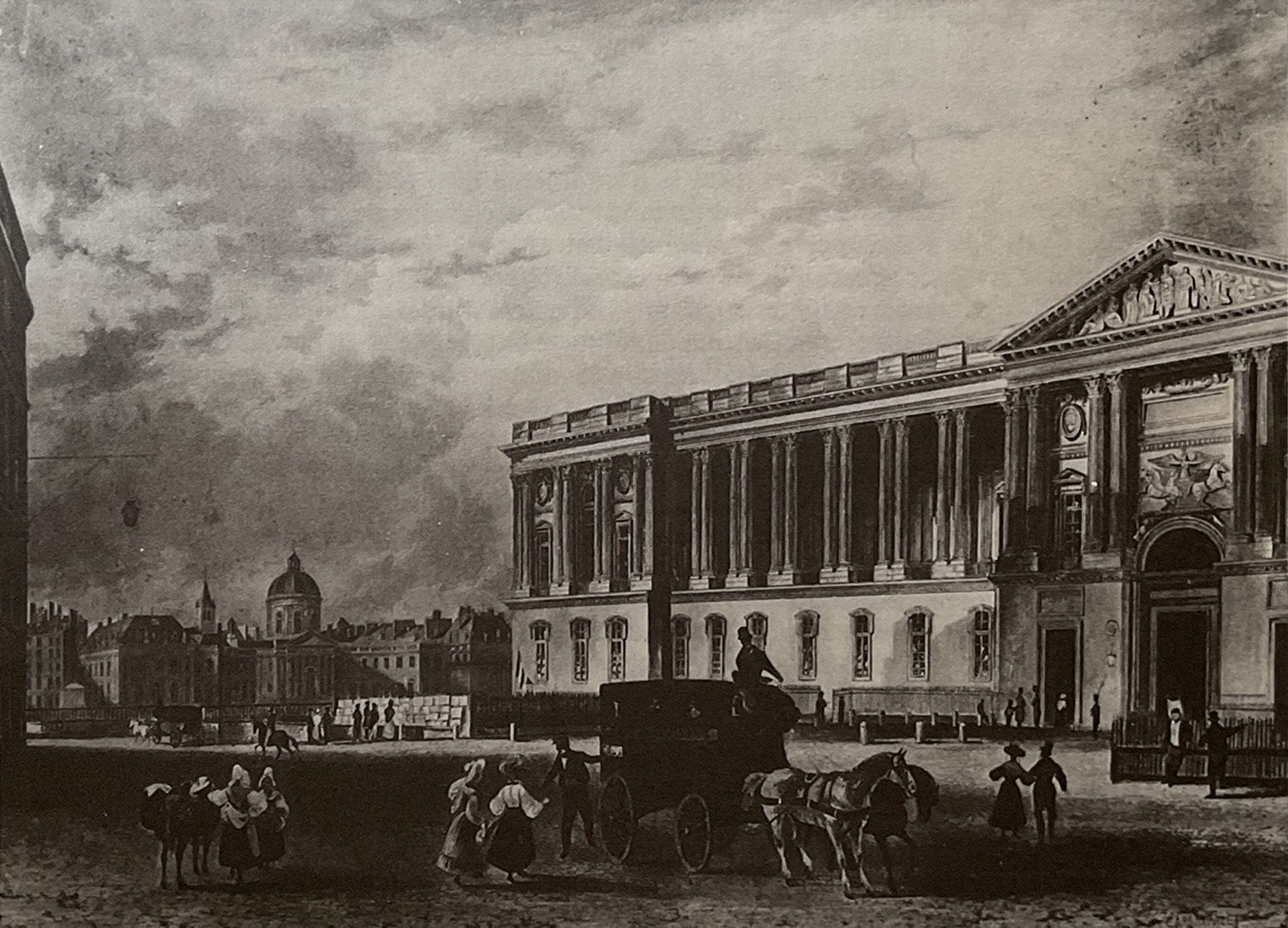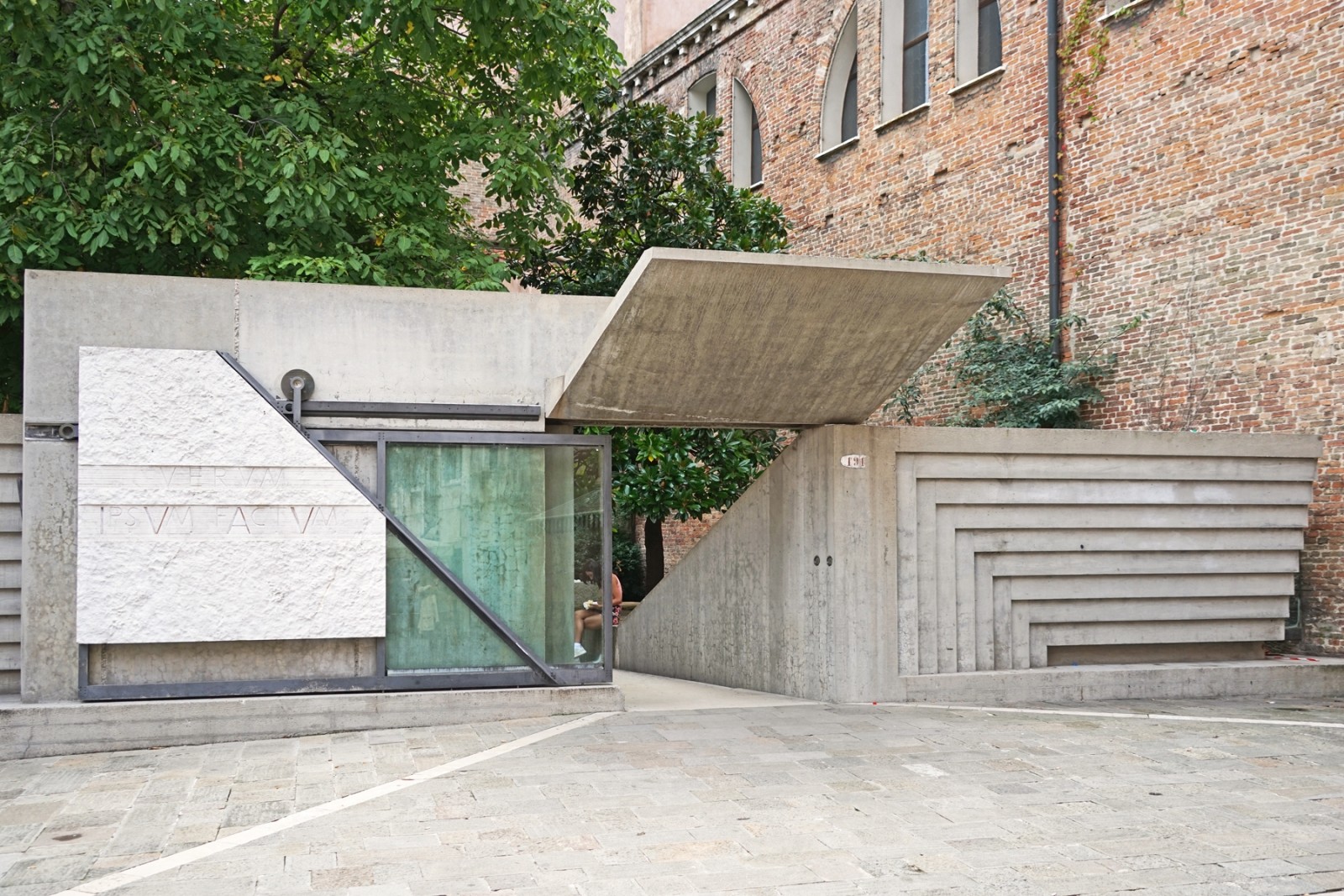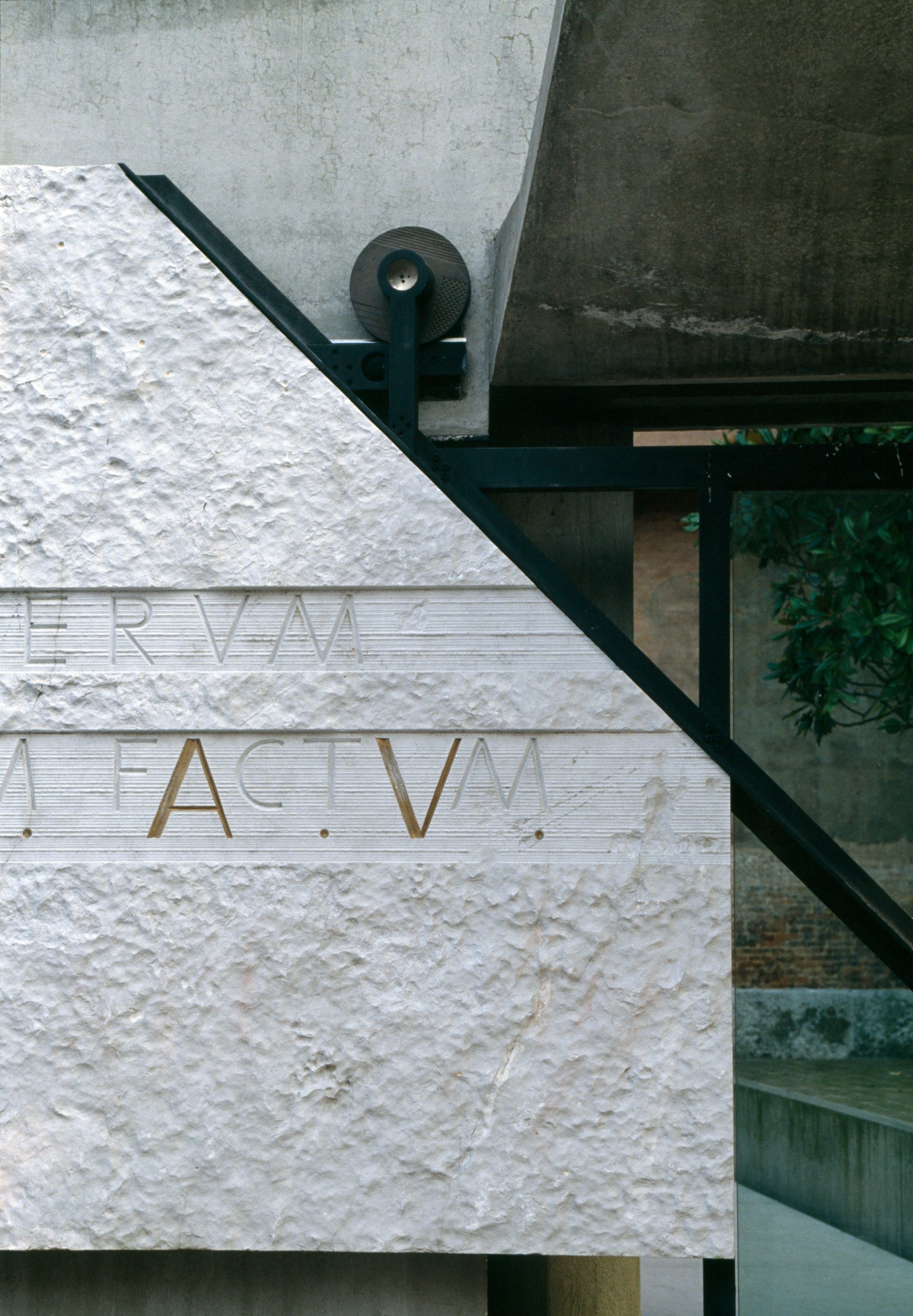1 Antoine Picon, L’Ornement architectural : entre subjectivité et politique [The Architectural Ornament: Between Subjectivity and Politics] (Lausanne: Presses polytechniques et universitaires romandes, 2017).
2 Gabriel Martinez-Gros, Brève histoire des Empires : comment ils surgissent, comment ils s’effondrent [A Brief History of Empires: How They Arise, How They Collapse (Paris: Seuil, 2014).
3 Emmanuel Le Roy Ladurie, ed., Histoire de la France urbaine. La ville classique : de la Renaissance aux Révolutions [A History of Urban France. The Classical City—From the Renaissance to the Revolutions] (Paris: Seuil, 1981), t. III, 439.
4 Pétrus Borel, L’Obélisque de Louqsor [The Luxor Obelisk], (Paris: Les Marchands de nouveautés, 1836), 5.
5 William J. Hopkins, Telephone Lines and Their Properties (New York: Longmans, Green and Co., 1893).
6 See on this point Carlotta Daro, “Paysages de lignes. Les infrastructures de la télécommunication, architecture, territoire” [Landscape of Lines. The Infrastructures of Telecommunication, Architecture, Territory] (HDR diss., Université Paris-Est, 2020), 71.
7 Best translated as On Duties, better still than On Obligations, as it is often translated. In his famous treatise on agronomy, Cato the Elder (234 BCE–148 BCE), De agri cultura, which dates from well before Cicero’s De officiis, the officia correspond to concrete tasks.
8 Leon Battista Alberti, On the Art of Building in Ten Books [L’architettura—De re aedificatoria], trans. Joseph Rykwert, Neil Leach, and Robert Tavernor (Cambridge: MIT Press, 1485/1988), VII-1 & VII-13.
9 Sylvain Menant, “L’embellissement des villes selon Voltaire” [The Beautification of Cities According to Voltaire], Revue Voltaire, no. 12 (2012): 215.
10 Pierre Patte, Monumens érigés en France à la gloire de Louis XV [Monuments to the Glory of Louis XV in France], (Paris: Desaint & Saillant, 1765), 221. On this point, see also Alberti’s following statement: “What remarkable importance our ancestors, men of great prudence, attached to it is shown by the care they took that their legal, military, and religious institutions—indeed, the whole commonwealth—should be much embellished; and by their letting it be known that if all these institutions, without which man could scarce exist, were to be stripped of their pomp and finery, their business would appear insipid and shabby.” (Alberti, VI2, 155).
11 Alberti, VI-2, 156.
12 Alberti, VII-17, 242.




